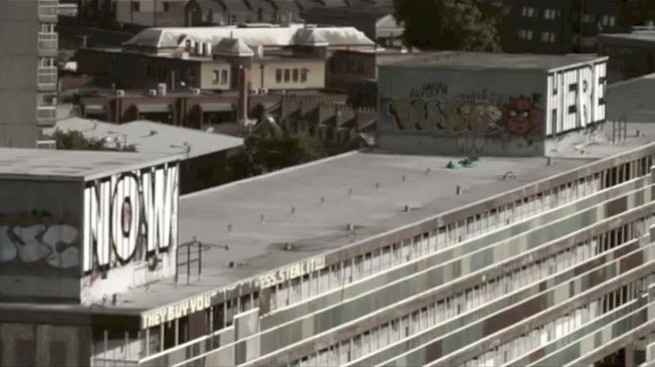
Aaron Wells
b. 1992, York
2011-2014 BA Fine Art, Chelsea College of Arts, London
Recent Exhibitions
Group shows:
2014 ‘Ex ’14’, Blip blip blip, Leeds
2014 ‘Exposure ’14’, Parasol Unit Foundation for Contemporary Art, London
2014 ‘Assembly’, Cookhouse Gallery, London
2014 ‘Better Limits’, Mori and Stein Gallery, London
Awards and Residencies:
2014 Exposure ’14 Award, Parasol Unit Foundation for Contemporary Art, London
2014 Acme Chelsea Studio Award 2014/15, Acme Studios, London
Artist’s Statement
I am concluding a PhD in art at Goldsmiths, and for the last two and a half years I have dedicated my full attention to the medium of comics. I believe that comics are a narrative form that can absorb all the questions of art and propose new avenues in the shifting sands of what we call the contemporary. My comics are often autobiographical, but have a strong critical leaning. I am between the worlds of art and comics, and cannot make clear-cut distinctions anymore. I have a background in architecture, printmaking and sculpture, and this varied nature of my references helps me out when choosing or listening to what is right for each new comic.
My PhD thesis tries to reconcile nihilism and faith, but in it I talk of weak faith, and of a nihilism without any nasty words attached to it. Weak faith is an expression that can help us to talk of art and friendship, but also of my own breed of Catholicism. Contemporary nihilism can serve as a guiding mark for intellectual maturity, and I believe it should be extracted from all the classical scapegoat scenarios – instances where nihilism is seen as the beginning of all evil.
I Like Your Art Much is a comic book on artist Hugo Canoilas’ work, made in the context of the exhibition Someone a Long Time Ago, Now, at Cooper Gallery, Dundee.
As a comic book, it doesn’t try to be art, but to be with art. It is both a letter sent to a friend and a critical engagement with the friend’s work. It is an autobiographical, documentary, epistolary work. It talks of the particularities of Hugo Canoilas’ work, but also of art in general. The comic book describes and tries to enact how every new artwork stems from and produces a new crisis. It also speaks of the vertigo that I feel when producing new work.
Alone, the book loses its sparring partner that is the art of Hugo Canoilas. I hope it can still resonate by itself, and open its own path in the reader’s mind.

